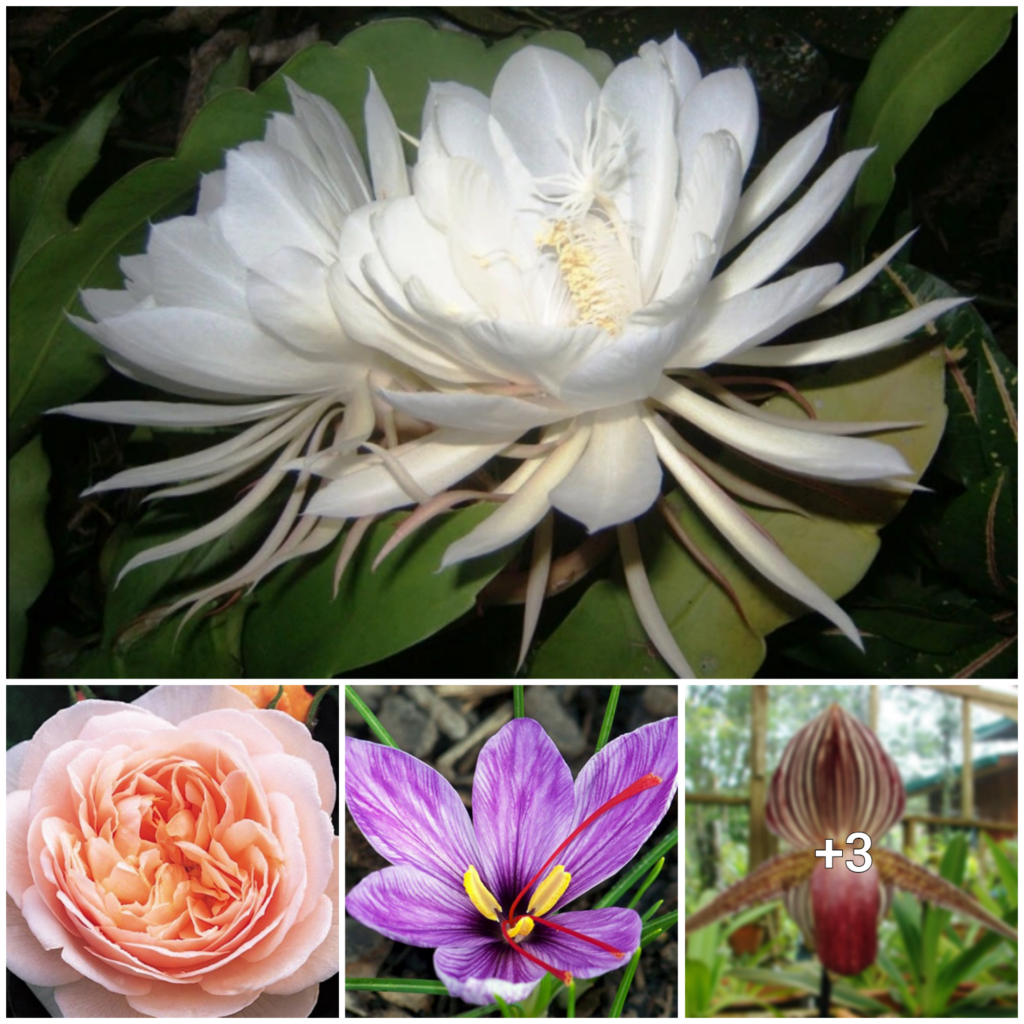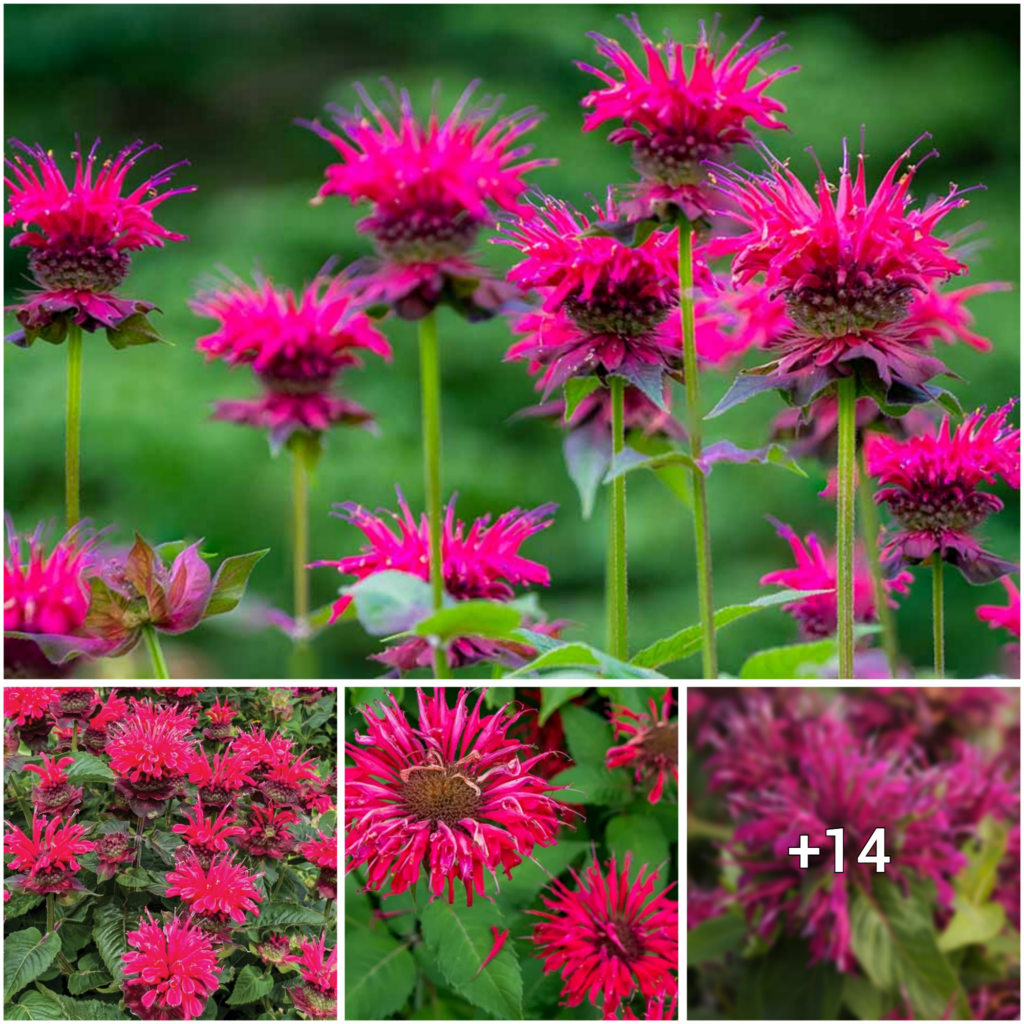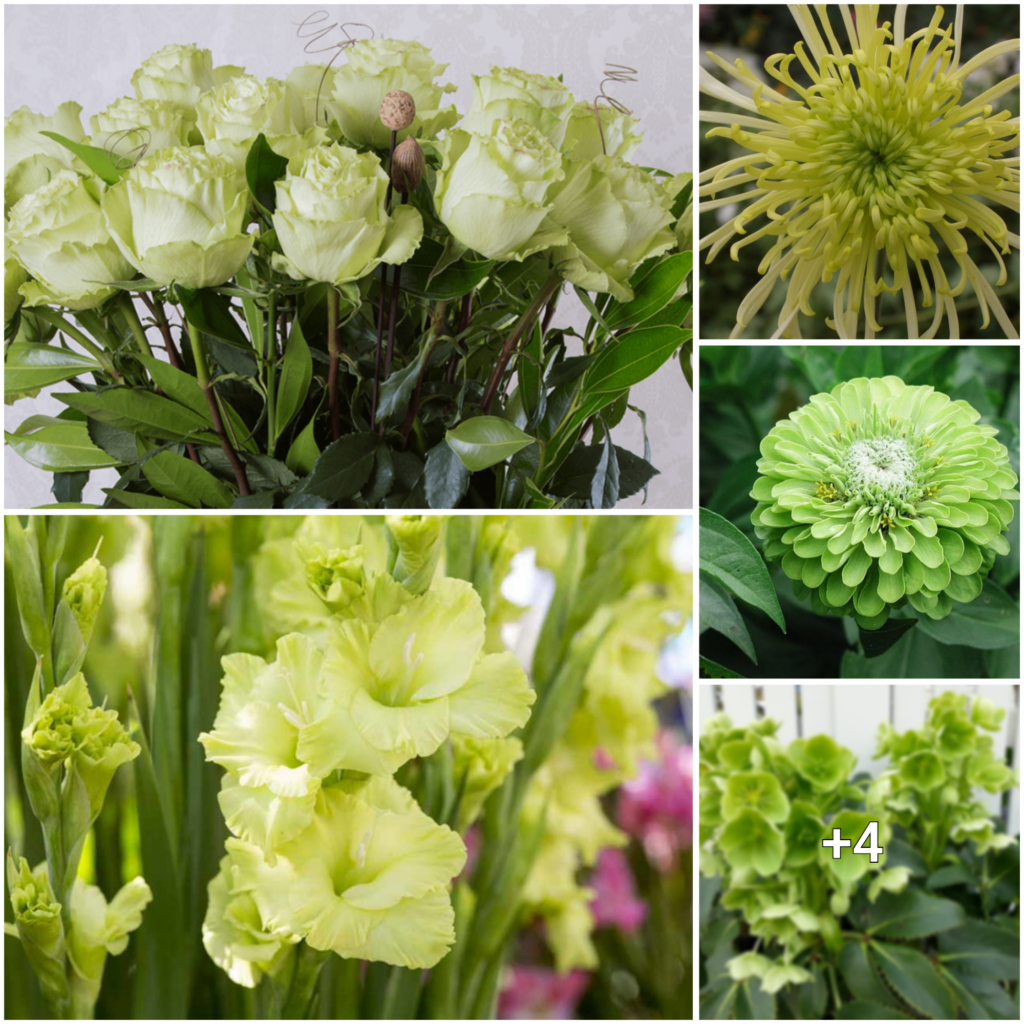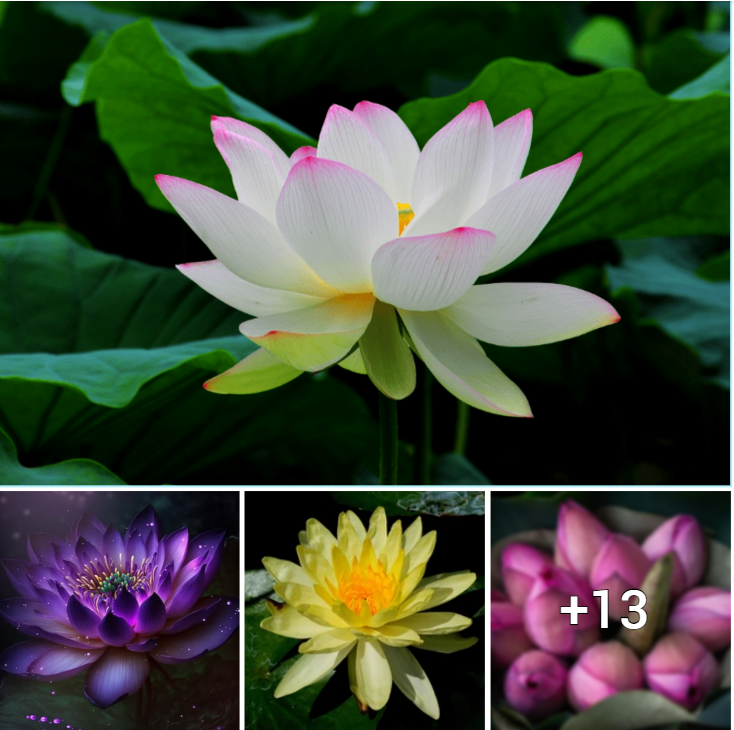For those who adore indoor plants, caladiums are a favorite. These charming plants boast heart- or arrow-shaped leaves with a delicate texture, featuring a variety of colors and patterns that will add an elegant touch to any space. Even having just one at home can make it a showy houseplant that brings joy to your environment. Although caladiums require a bit of attention, they’re not overly challenging to care for. Here are six tips to keep in mind when caring for your beloved caladiums:
1. Use the recommended potting soil mix
Caladiums are tropical plants. It is best to plant them in a rich, well-drained potting mix that contains moist soil and peat. By doing this, you’ll be creating an ideal environment for common caladiums and even rare red caladiums to thrive at home in containers.
2. Watering your caladiums
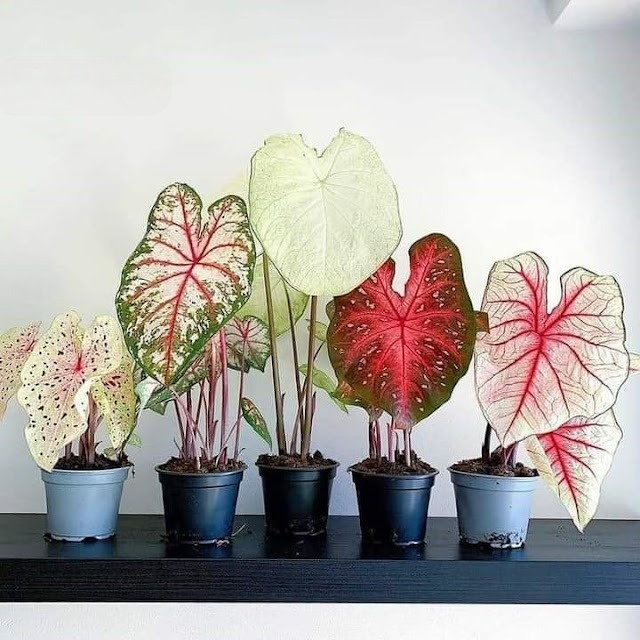
Brighten up your living space with these delightful caladiums that bring the essence of summer indoors. Keep them hydrated by watering them when the top layer of soil is 25% dry, especially during the warmer months. Make sure to water them thoroughly, allowing the excess water to drain out from the container to prevent root damage. During winter, it’s best to be conservative with watering and let the plant take a break.

Caladium plants have specific requirements for lighting, and placing them in an improper location can result in some issues. They thrive in bright to medium, indirect illumination and can also flourish in moderate shade when grown indoors. Although they can endure direct, warm morning sunlight, it’s crucial to remember that their leaves may burn easily under the harsh afternoon sun.

Caladiums are known to thrive in warm temperatures, but they do have their own threshold. You can place them in a room where the temperature ranges from 65-85 F, but it’s important to avoid exposing them to cold drafts or sudden temperature shifts. Additionally, there might be some issues that may arise when growing caladiums.
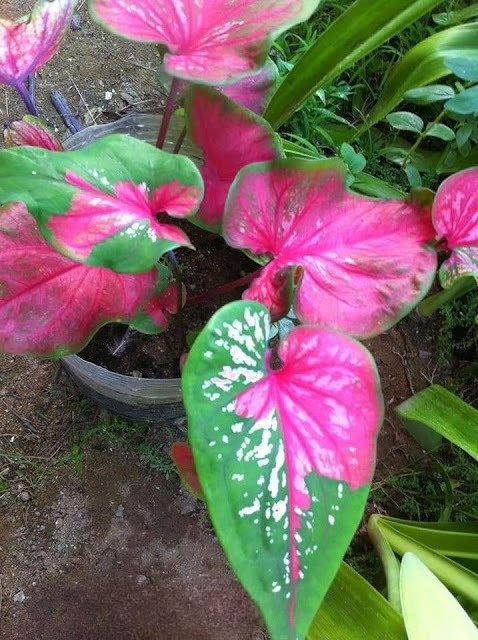
Caladium is a tropical plant that thrives in humid environments. To ensure its well-being, make sure to mist the leaves frequently and place a humidifier nearby. Additionally, be on the lookout for pests like aphids, mealworms, mites, thrips, and whiteflies, which can harm the plant by feeding on its leaves. If you spot any of these insects, treat them with insecticidal soap to get rid of them effectively.

Yellowing leaves can become a problem for your plants due to several factors such as excess watering, lack of water, or even excessive light exposure. Meanwhile, brown leaves can indicate insufficient humidity, over-fertilization, or too much exposure to sunlight.
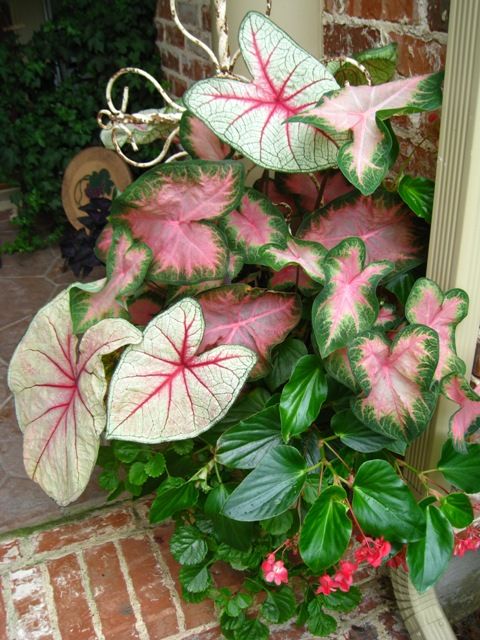
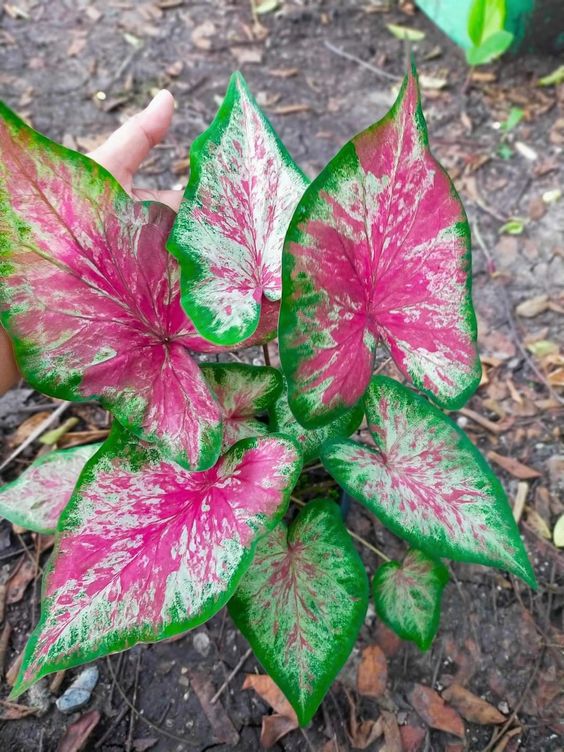
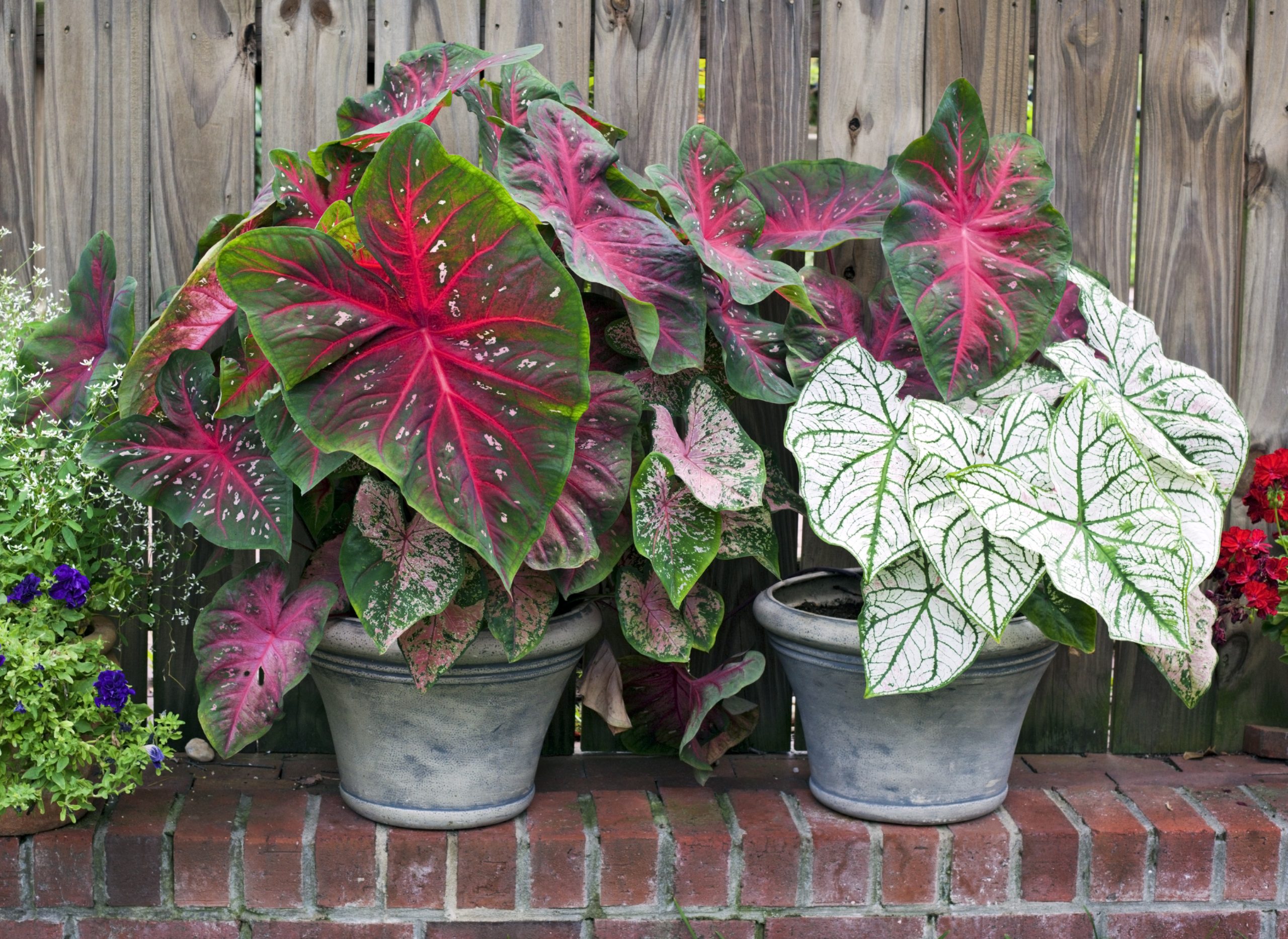
Caladium plants do not often bloom, but they may occasionally develop a spadix with a greenish-yellow spathe. If you want your caladium to have more and healthier foliage, it is advisable to remove these flowers. This advice comes from Garden Lover and was sourced from Pinterest.

